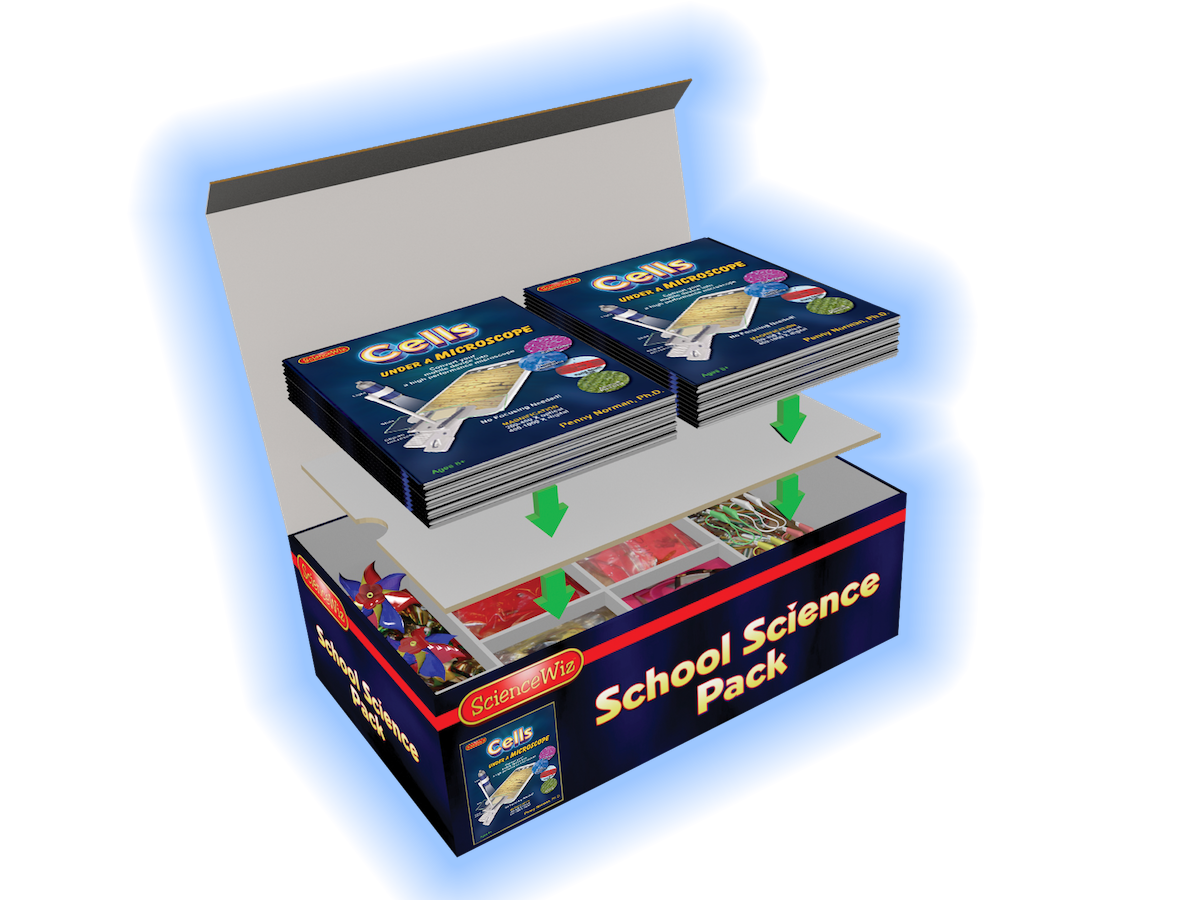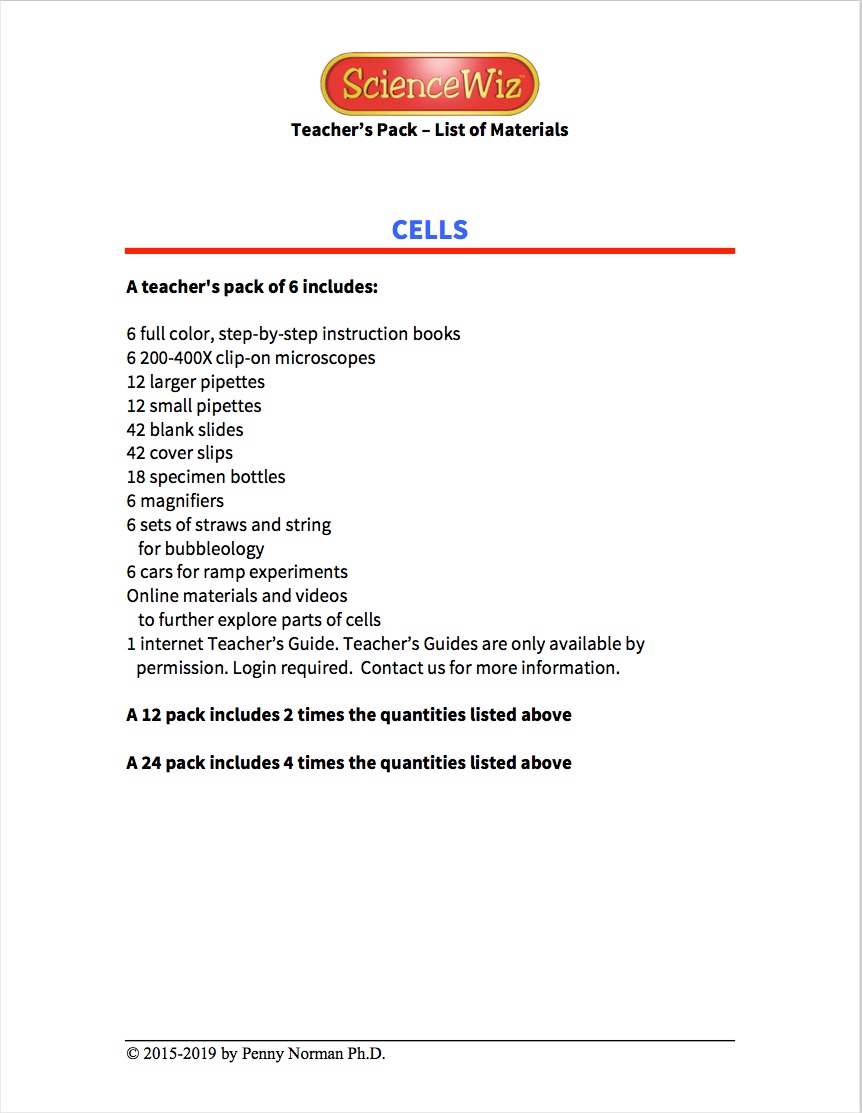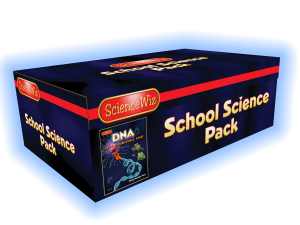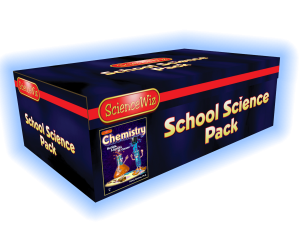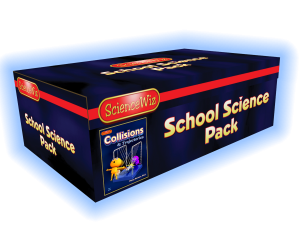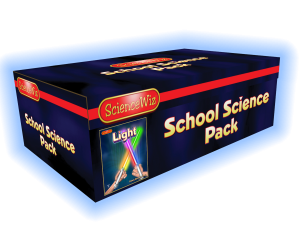Description
Complies with NGSS:
NGSS 5.Matter and Energy in Organisms and Ecosystems
5-PS3-1, 5-LS1-1, 5-LS2-1
Core Disciplinary Ideas:
PS3.D: Energy in Chemical Processes and Everyday Life;
LS1.A: Structure and Function, LS1.C: Organization for Matter and Energy Flow in Organisms;
LS2.A: Interdependent Relationships in Ecosystems
Biology: Cells Through a Microscope
Meet the Eukaryotes. Meet the Cells in Your Mouth that Have NO Nuclei — Bacteria.
Cells! Cell! Cells! The building blocks of life.
Each student uses a high-powered clip-on microscope (200 to 400 x optical magnification) to view cells directly on smart phone and tablet screens. They use standard camera and photo apps to view and enhance the microscope slide images.
No focusing required.
Each student prepares and views slides of:
- onions cells
- plant leaf cells
- cheek cells
- protists
Step by step, they discover the most visible parts of these Eukaryotic cells:
- nucleus
- cell wall
- chloroplasts
- cytoplasm
- plasma membrane
- nucleolus
Use the book and online tools to discover other organelles that are not visible with the microscope:
- Detect tiny dots on cheek cells which are bacteria and prokaryotic.
- Discover directly the great difference in size between the two major domains of cells: Eukaryotes and Prokaryotes.
- Use Venn diagrams to discover the major difference between animal, plant and bacterial cells.
- Use the Venn diagrams to discover what ALL cells have in common.
Students then begin to explore each of the characteristics that ALL cells have in common in greater detail:
- Use bubbles to explore characteristics of the plasma membranes.
- Create their own classroom chart “tree of life” that organizes the “amazing” Eukaryotic life forms they are most familiar with.
- Research on-line the more detailed versions of what is now referred to a the “web” of life of which the more familiar Eukaryotes are only a small part.
- Construct a timeline of life on Earth based on current findings.
- Use the timeline to hypothesize the timing regarding the emergence of single and multicellular life forms on Earth.
- They also investigate how major questions regarding the history of life on Earth continues to be actively investigated and explored with powerful new genetic and molecular tools.
Students continue exploring what characteristics ALL cells have in common:
- ALL cells have genetic material (DNA) and the basic functions of the nucleus in Eukaryotes.
- ALL cells make proteins and that these proteins are made on millions of tiny ribosomes in the cytoplasm.
- ALL cells send messages from the genetic material (DNA) too the ribosomes, the protein factories of the cell.
- ALL cells need energy and nutrients.
- Food webs and food pyramids are used to discover how living organisms interact.
- Build and draw their own food web and food pyramids.
- Examine the intricate ecosystems that exist within our own bodies.
- All cells recycle and dump trash.


